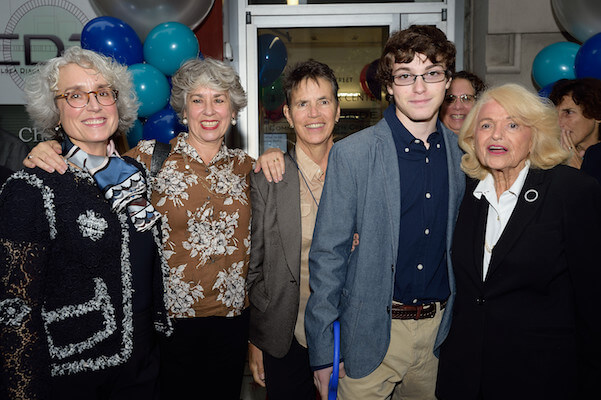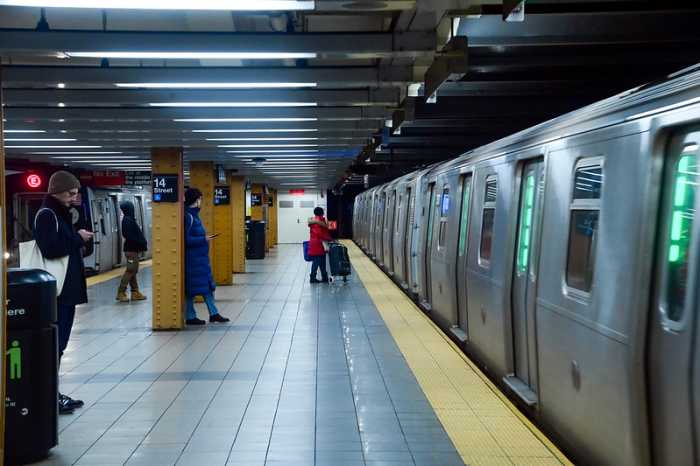BY NATHAN RILEY | The New York medical marijuana system is rigged and getting walloped by a backlash for imposing hardships on sick people.
After Governor Andrew Cuomo demanded last-minute changes in the 2014 law, activists predicted it would make the medications expensive and the small number of outlets would create hardships. Only 20 pot drugstores are allowed across the state’s 62 counties. The Governor’s hemmed the program in with restrictions, calling pot a “gateway” drug that could undermine the campaign against tobacco smoking.
Smoking and eating — the most popular ways of consuming pot — are banned. Only a small number of illness may be treated: multiple sclerosis, Lou Gehrig’s disease (ALS), Parkinson’s disease, epilepsy, cancer, HIV/ AIDS, and neuropathies. Efforts to add diseases like Alzheimer’s and post-traumatic stress disorder are stalled in the State Department of Health.
The Long View
Since the law took effect in January, other problems have emerged. The law requires a physician to write a prescription specifying a dose, but clinical trials of cannabis-related substances are in their infancy. Federal hostility has prevented the US from developing cannabis-based drugs. But State law asks doctors to write prescription for an illegal substance that hasn’t finished clinical trials. Doctors worry that the Drug Enforcement Agency may proffer charges and they will no longer be able to prescribe other narcotics. In other states, doctors only recommend the medications without writing formal prescriptions.
Doctors and patients complain that the health department makes it difficult to find doctors who are eligible to prescribe the medicines. The list of eligible doctors is not public record. General practitioners can’t prescribe it, only doctors treating the eligible illnesses have this authority.
Dr. Jim Gaden, who specializes in osteopathic medicine and practices primary care in Western New York, told Gannett News Service, “Personally, I don’t think [the state wants] the thing to work. I think they did it to appease the people who were lobbying long and hard for medical marijuana. They figured, we’ll do whatever we’re doing and let everybody try to figure out how to make it work.”
But the program is here to stay. Currently, participation is small but significant: 421 physicians are registered and 1,174 patients certified.
The process is expensive. Patients must register with the State Department of Health for a $50 fee, and according to marijuanadoctors.com, doctors are charging between $150 and $250 for an initial consultation. There is no health insurance to pay for the doctor visit or the medication.
After obtaining a prescription, the patient must find a dispensary, and nothing is easy in New York State. Each medical marijuana store can only sell five products. Thus, a doctor might prescribe an oil, pill, or compound that is not sold by the nearest dispensary, requiring a long journey to find the right pot drugstore. The patient can designate up to two caregivers who can do the traveling, but they, too, must pay a registration fee.
The indefatigable Richard Gottfried, the Chelsea Democrat who chairs the State Assembly Health Committee, has devoted decades to passing medical marijuana legislation and is a sharp critic of the current system. He recently filed legislation that would double the number of dispensaries by telling the health department to examine the list of original applicants who filed last year and register five more organizations. Each registered organization may open four dispensaries, so Gottfried’s proposal would double the number of dispensaries to 40.
“There ought to be more than 40,” Gottfried said over the telephone “after all there are thousands of drugstores that stock opiates for pain.”
He will also submit a bill allowing each dispensary to stock every compound made legally under the state law by a registered organization. Currently, the dispensary can only sell five products derived from plants grown by the parent organization. His proposal would allow cross selling from one registered organization to another. The goal is to have every dispensary sell every drug available under New York State law. This change allows patients to go to the nearest dispensary for their medicine and be sure their needs are met.
In 1988, when Ronald Reagan was president, the Drug Enforcement Agency held a hearing on whether to permit clinical trials of medical marijuana. Francis Young, the administrative judge for the DEA at the time, found marijuana was safe.
“Nearly all medicines have toxic, potentially lethal effects,” he concluded. “But marijuana is not such a substance.” There is no record of a “cannabis-induced fatality,” he found, but Young’s conclusions were never accepted.
Still, marijuana’s underlying safety is the reason it can be used before clinical trials are completed.
Given the difficulties of New York law, many will buy from a dealer, but in doing so patients are deprived of a singular advantage of the New York State law. All of the products authorized under law are tested for contaminants including pesticides. It’s a reminder that legal sale of marijuana meds will improve the public health.


































